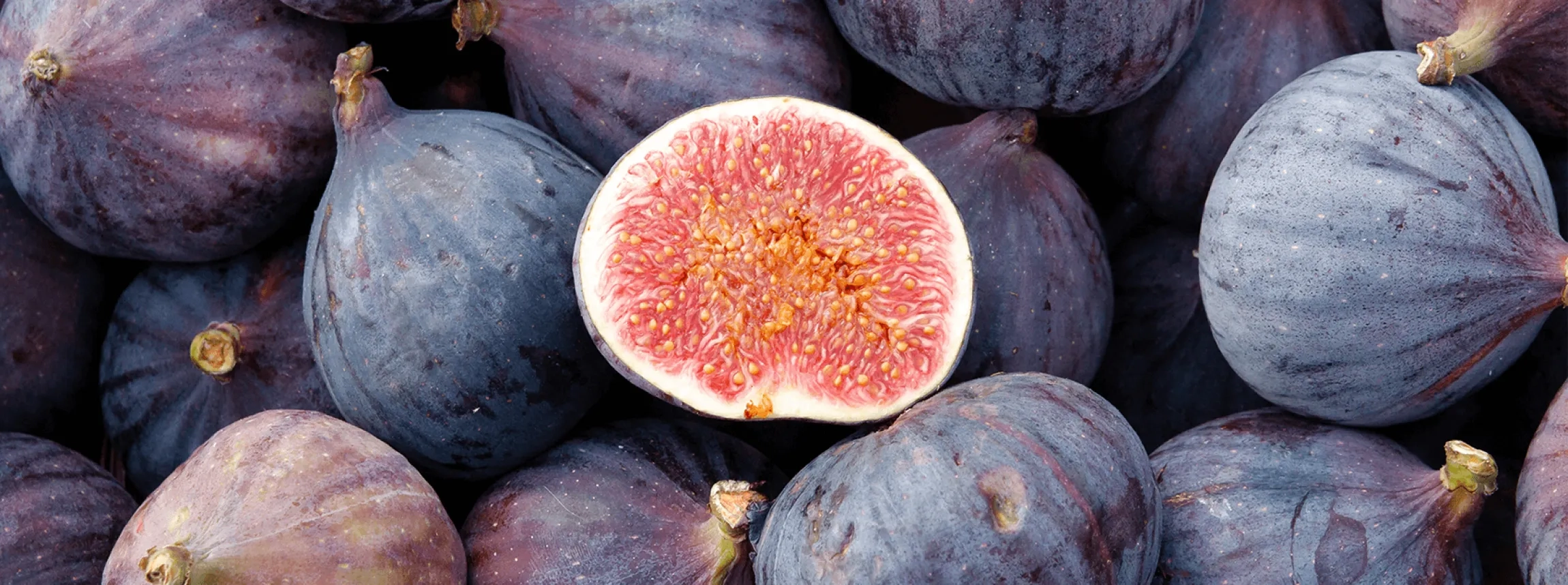Figs
Ficus carica
Origin
Türkiye
Harvest time
August/September
Quality
half clipped
Fig paste, seedless
chopped
Further qualities on request
Fig paste, seedless
chopped
Further qualities on request
All products are also available from certified organic cultivation.
For product specifications, please contact:
Dirk Elsmann (d.elsmann@keyaniyan.de)
Katrin Ohlhoff (k.ohlhoff@keyaniyan.de)
Image












